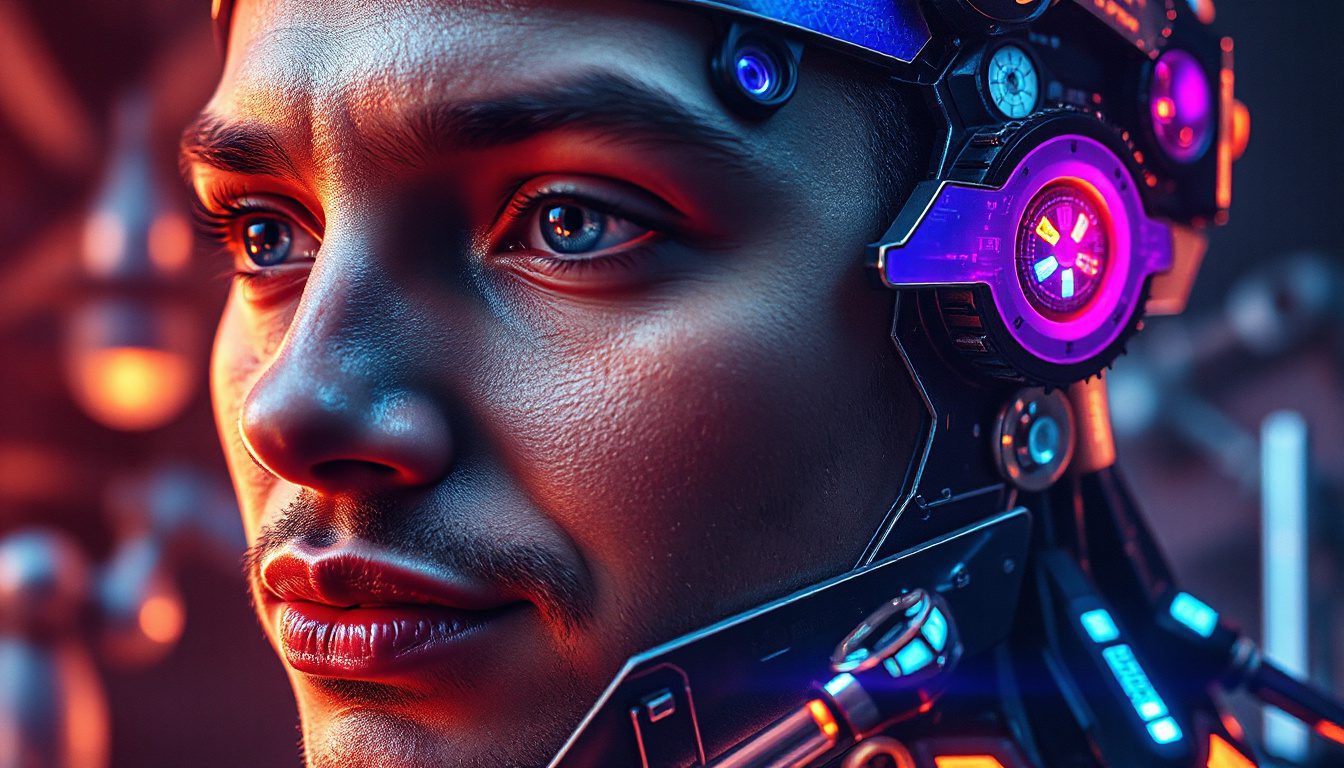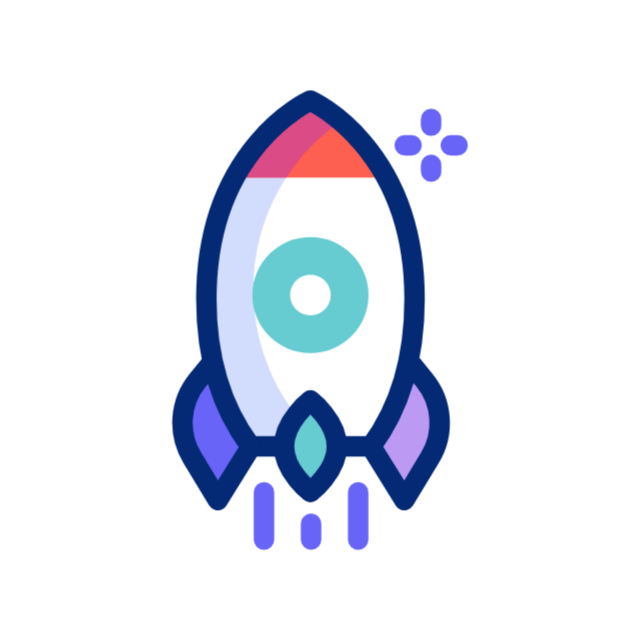How AI is Transforming Visual Creation: High-Resolution Images, 4K Videos, and 3D Worlds Made Easy
AI changes art and design. It ties images, videos, and 3D worlds with clear links. Creators, developers, and fans now use smart tools. These tools work on simple hardware. Open code lets you run them on your own system. Here is why these steps count and how you can use them now.
1. Native High-Resolution Image Generation at 4K and Beyond
AI now makes detailed images with few extra words. A model takes pixels and ties them close to colors and light. This work connects well with modern hardware.
-
Why this matters:
High-res images give a neat look to digital art and ads. They work on basic screens and do not force high-end tools onto artists or small studios. -
Example:
Zoom in on a created scene. See leaf veins, water ripples, and small building details. Each part meets the next in clear detail. -
How to try it:
Open-code models like "DYP" run with a GPU of about 5GB VRAM or more. You get full control by running models on your own machine.
2. Long-Form, Coherent Video Generation with Text Prompts
AI makes short video clips fast. Now, new tools create long videos that keep each part clear. "Hollow Scene" uses text to join scenes into one connected film.
-
Challenges solved:
Older models made short clips with breaks. They did not tie scenes, characters, or moods close enough together. -
How Hollow Scene works:
Start with a global caption that fixes the scene as a whole. Then add characters and list each shot. For instance, you can list a wide shot at sunrise, then a close shot, then a medium shot that shows characters. The AI joins these parts into a smooth video that lasts many seconds. -
Use cases:
Filmmakers, animators, educators, and marketers who need a quick sample can work with this tool. It can bring a story to life without thick editing tools. -
Limitations:
The tool works best with calm and steady scenes. It finds fast action or odd moves hard to tie into one flow. -
Access:
The model comes from the latest open-code work. You can run it on your system by following guides from GitHub.
3. Creating Flexible, AI-Assisted 3D Worlds from Photos and Depth Maps
3D work used to need expert hands and long hours. Now, AI takes a photo or a depth map and ties pixels into a 3D space.
-
How it works:
A tool like Tencent’s Hunyan World Mirror takes one or more photos and ties them with depth details. It reads camera angles and poses to form a smooth 3D scene. -
What it does:
• It turns flat photos into 3D point maps or full scenes.
• It reads camera spots and depth details close together.
• It builds spaces like rooms, lighthouses, or tunnels with small parts such as windows and fences kept in place. -
Why this is helpful:
It cuts the work and time needed to make 3D space. Game makers, VR creators, and architects now test ideas without deep 3D skills. -
Requirements:
A modest GPU with CUDA makes it work. The model is about 5GB, so many systems can run it. -
How to start:
The model and guides stand out on sites like HuggingFace and GitHub. You can try and change it with a few clicks.
4. The Rise of Open-Source AI Tools Powering Creativity
Many smart tools come from open code. This fact makes work more free and clear.
- Developers can shift models to fit their own work.
- Communities can join in and grow the work with each change.
- Creators work without the fear of locked tools and stick to open work.
Multiple groups now share video makers and 3D editors. Anyone can download these tools and tie them with local systems.
5. Emerging Innovations in Related AI Technologies
- Google works on fast computing and Earth AI. These tools tie large data and maps into new scenes.
- OpenAI makes a web-based chatbot that ties words and data. Its work may change how we use the web.
- Humanoid robot demos show smart moves in robotics. Robots now work with realistic touches in shops, care, and fun.
What This Means for You
If you work with art, design, or coding, try these tools. They connect your work to new ways of making art and media:
- Try open-code high-res image tools like DYP for clear visuals.
- Test text-based video makers such as Hollow Scene for quick, smooth films.
- Use 3D world tools like Hunyan World Mirror to build full space without extra work.
- Stay alert by checking new AI news on places like HuggingFace and GitHub.
These ideas tie old methods with new tech, giving you more ways to create and share.
How to Take the Next Step
Visit the open-code pages and model releases here. Many pages contain step-by-step guides to run them on your computer if it has CUDA support. Join community forums or add your own fixes. Your work may then knit a stronger creative group.
AI tools for images, videos, and 3D work are not far-off dreams. They stand ready for you now. Try them to shift how you make digital art today and for a long time to come.


